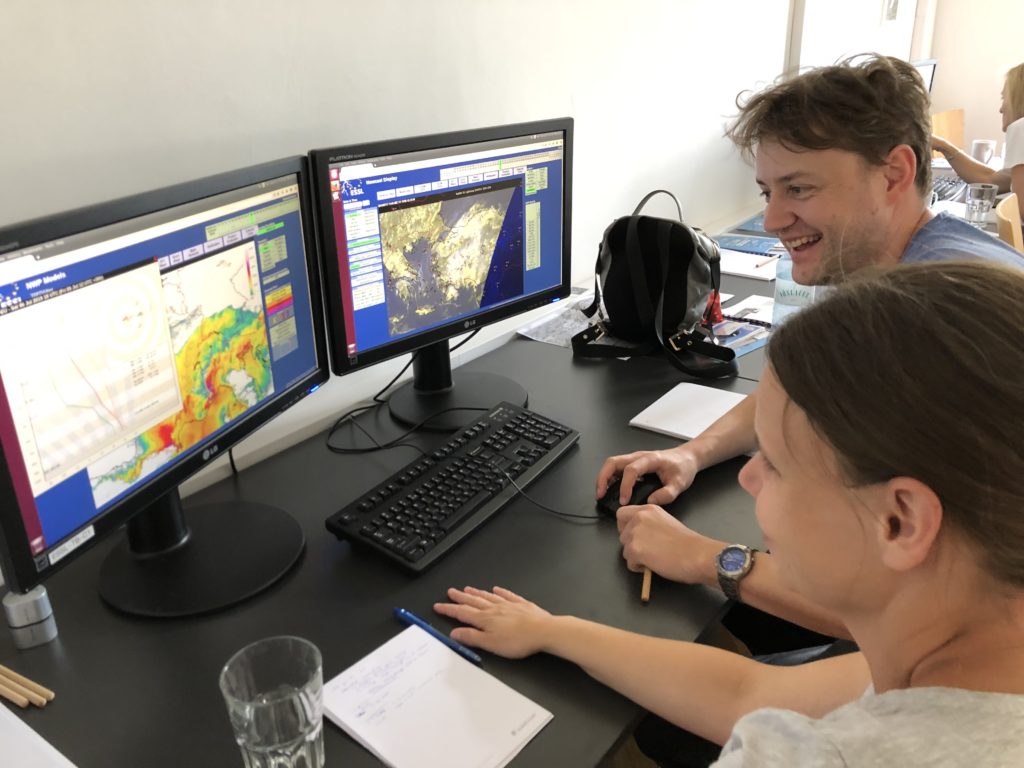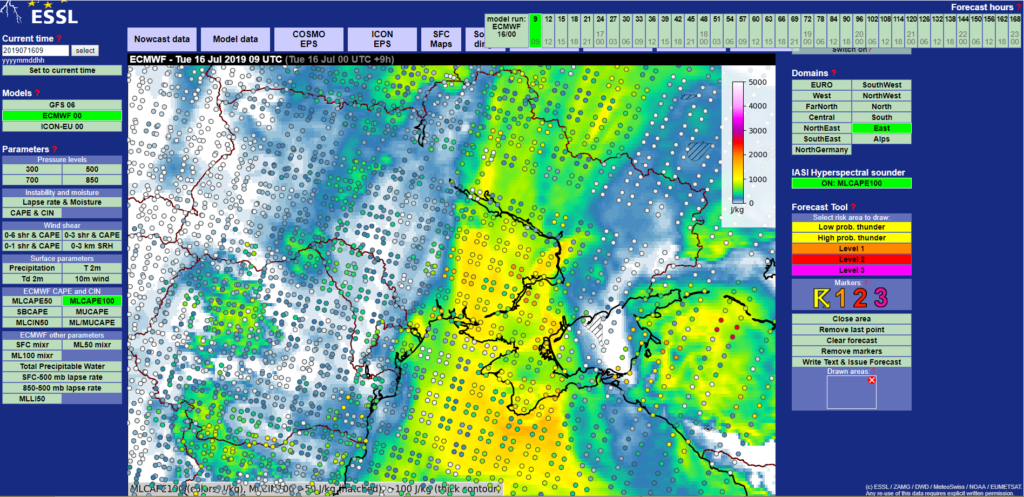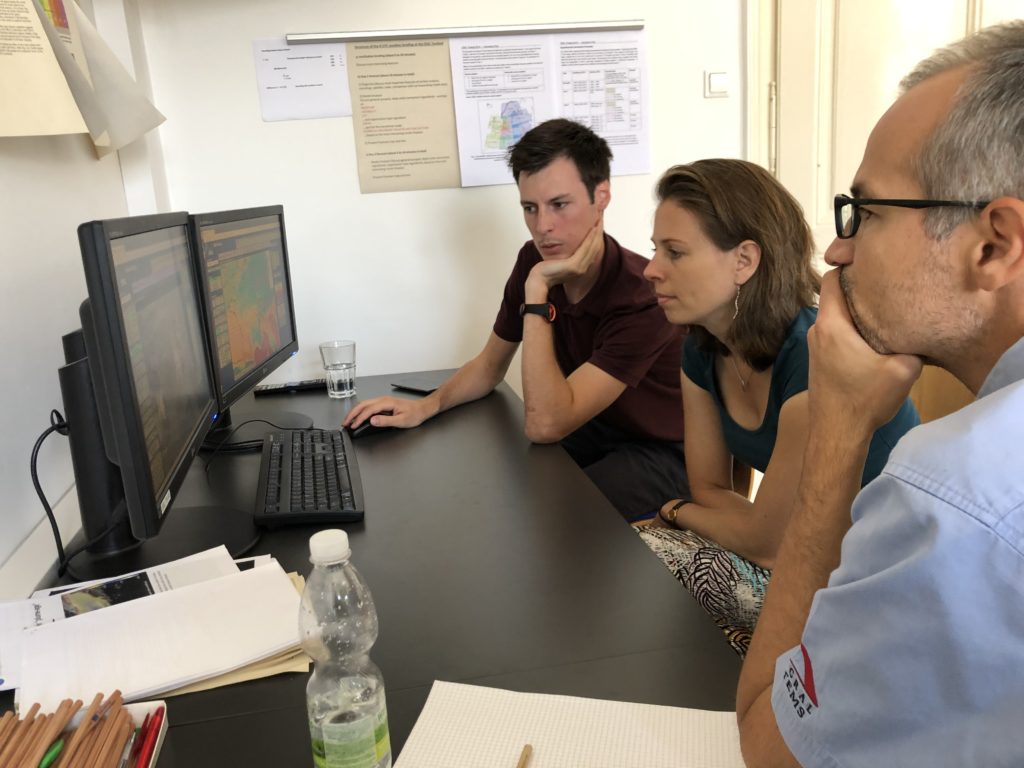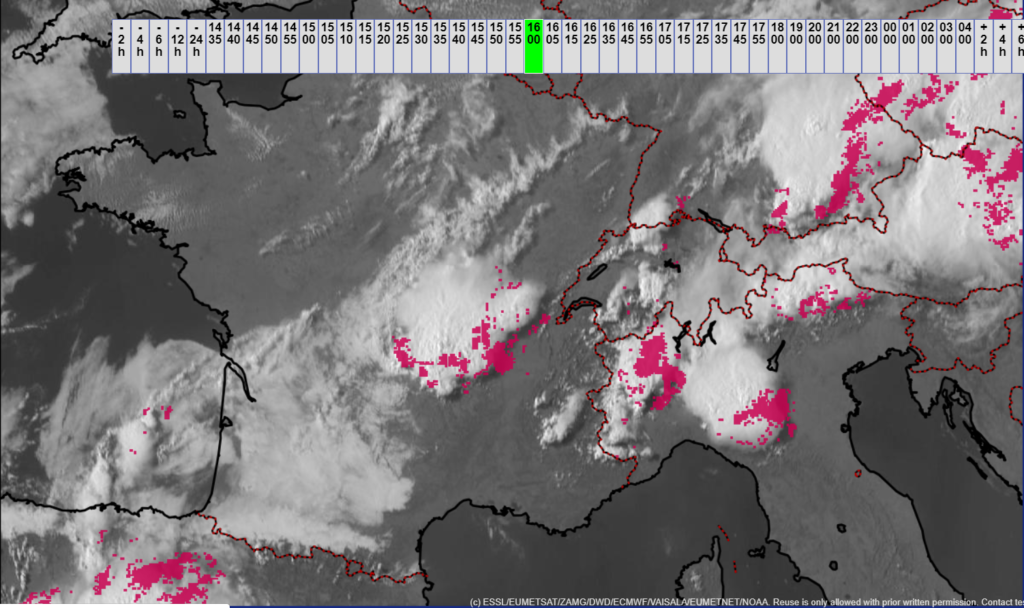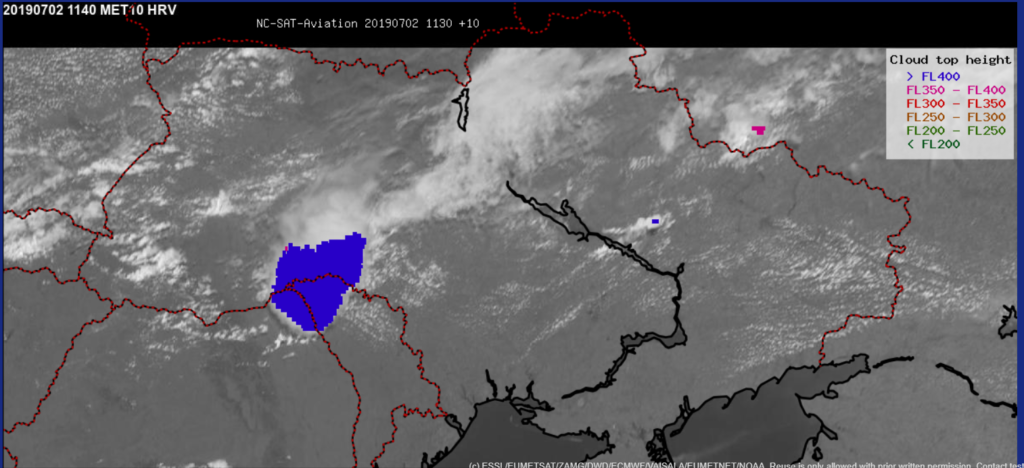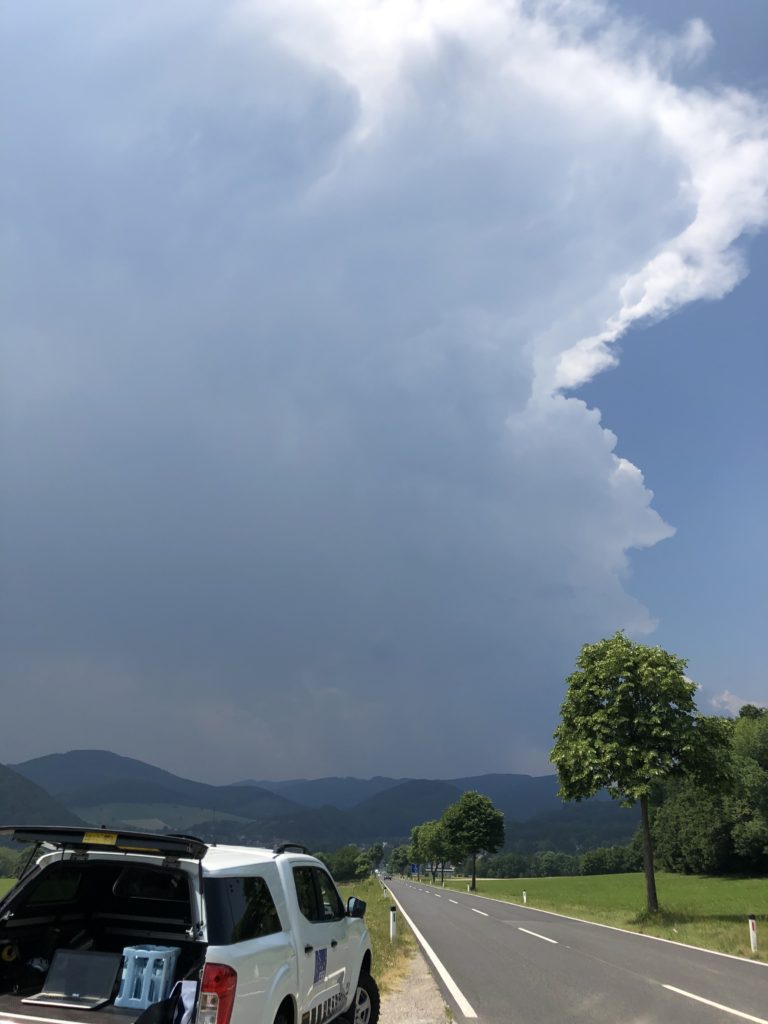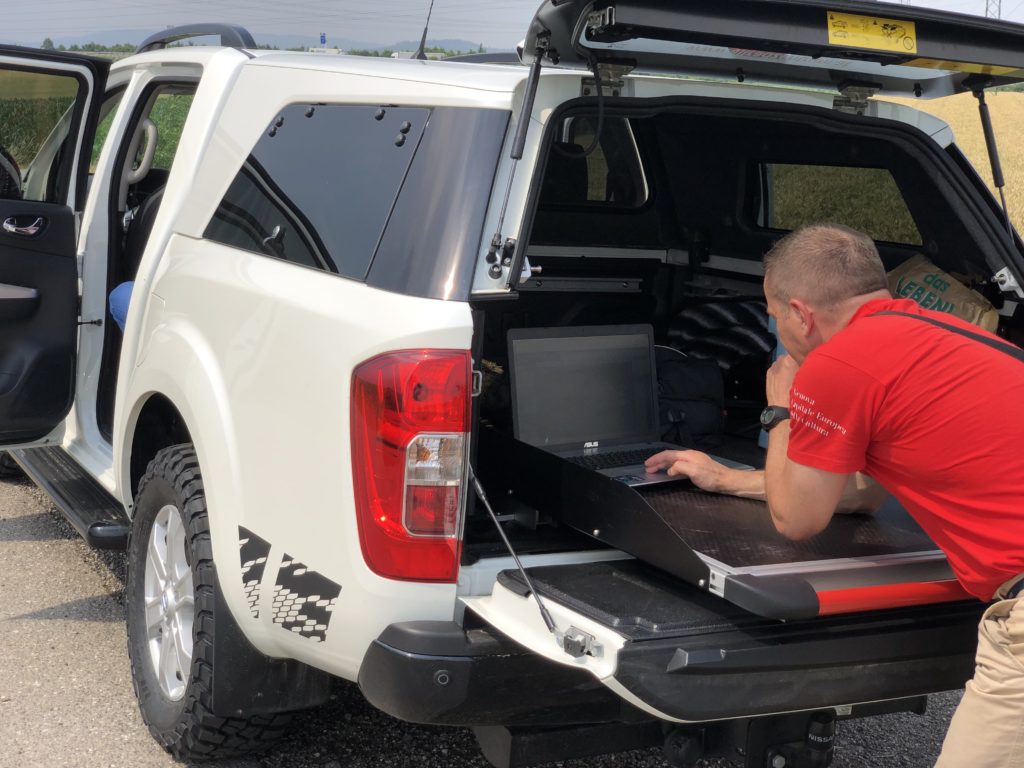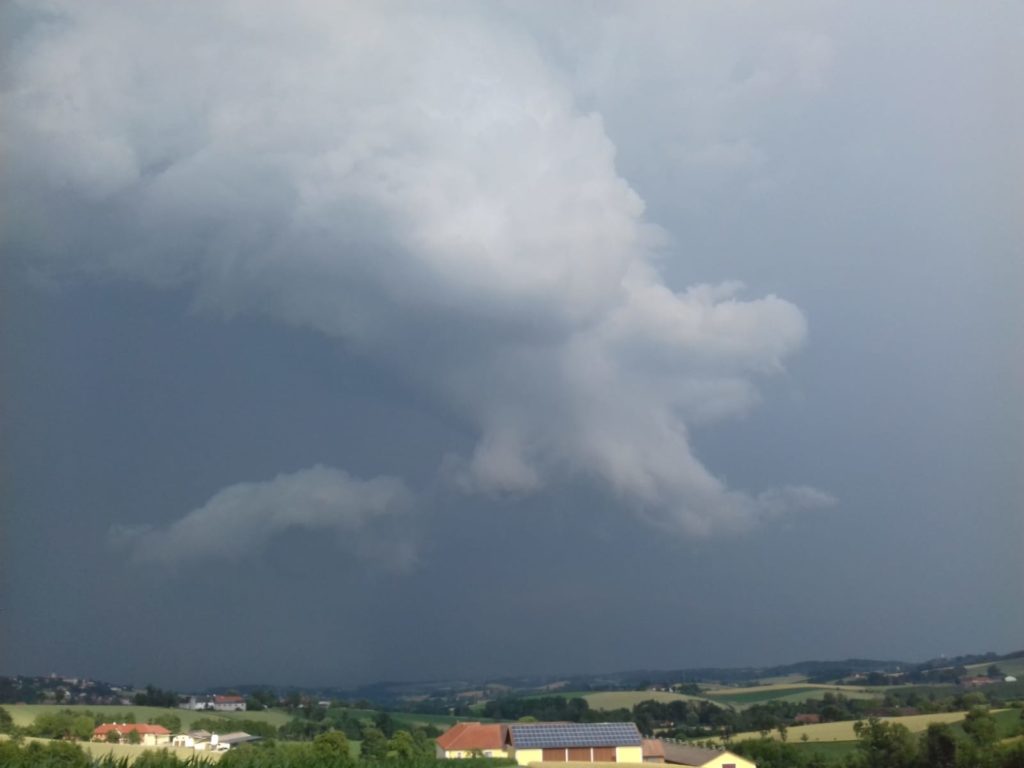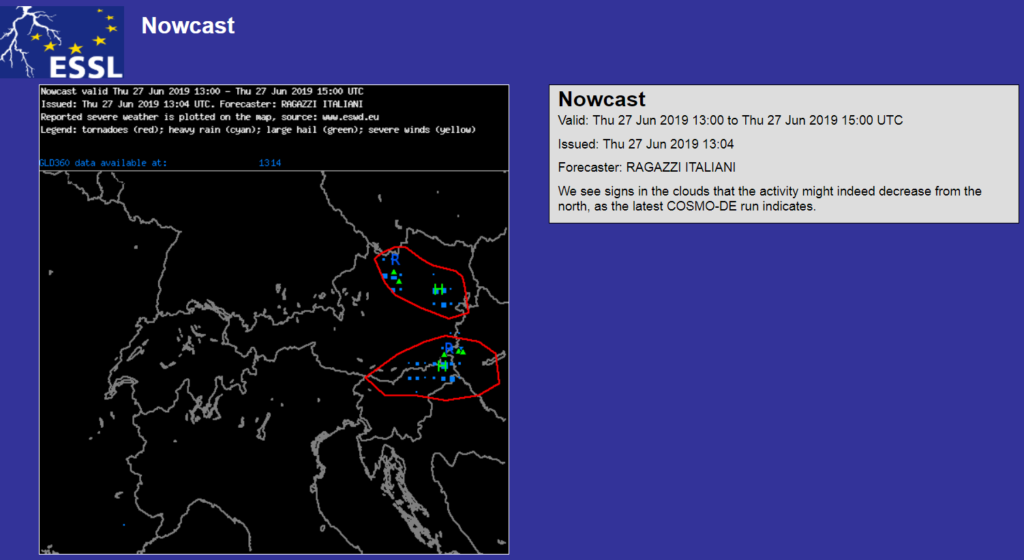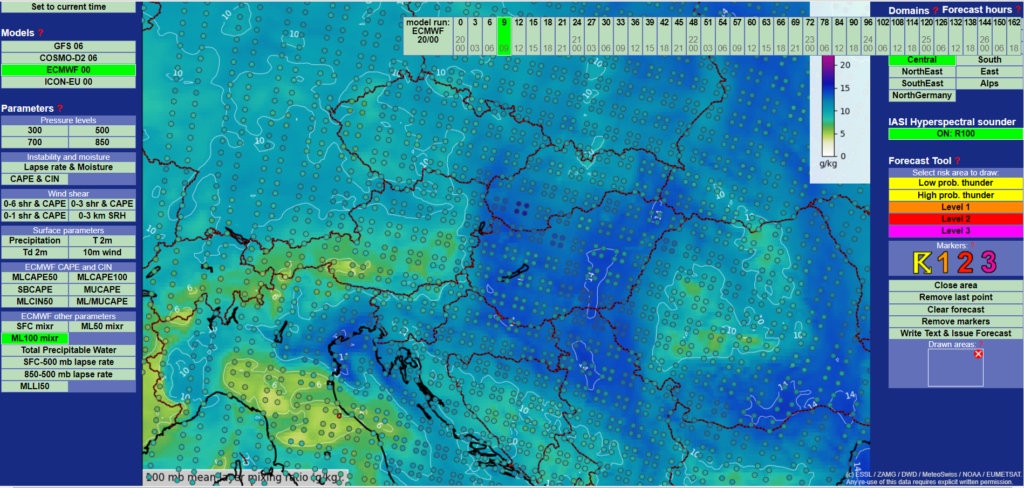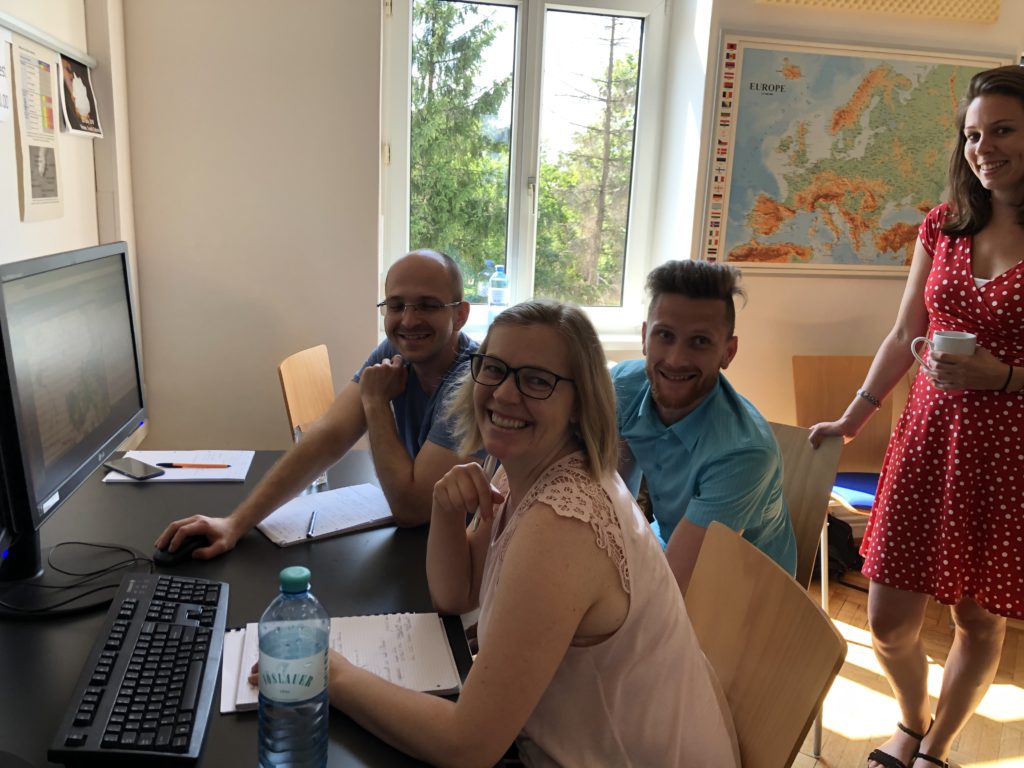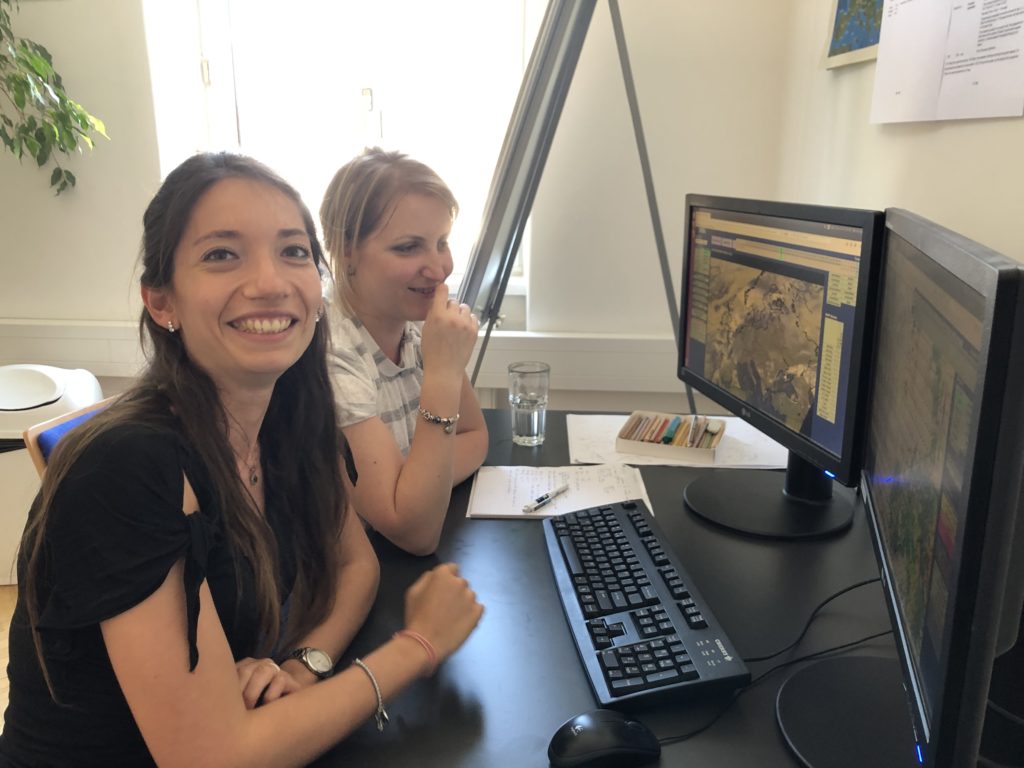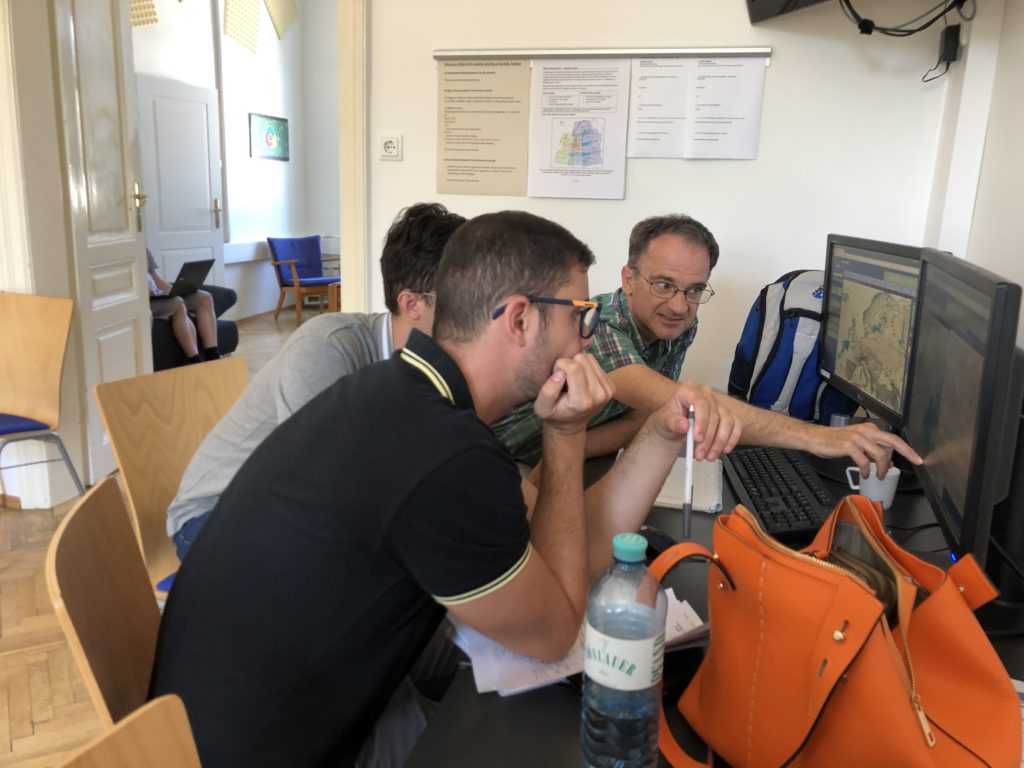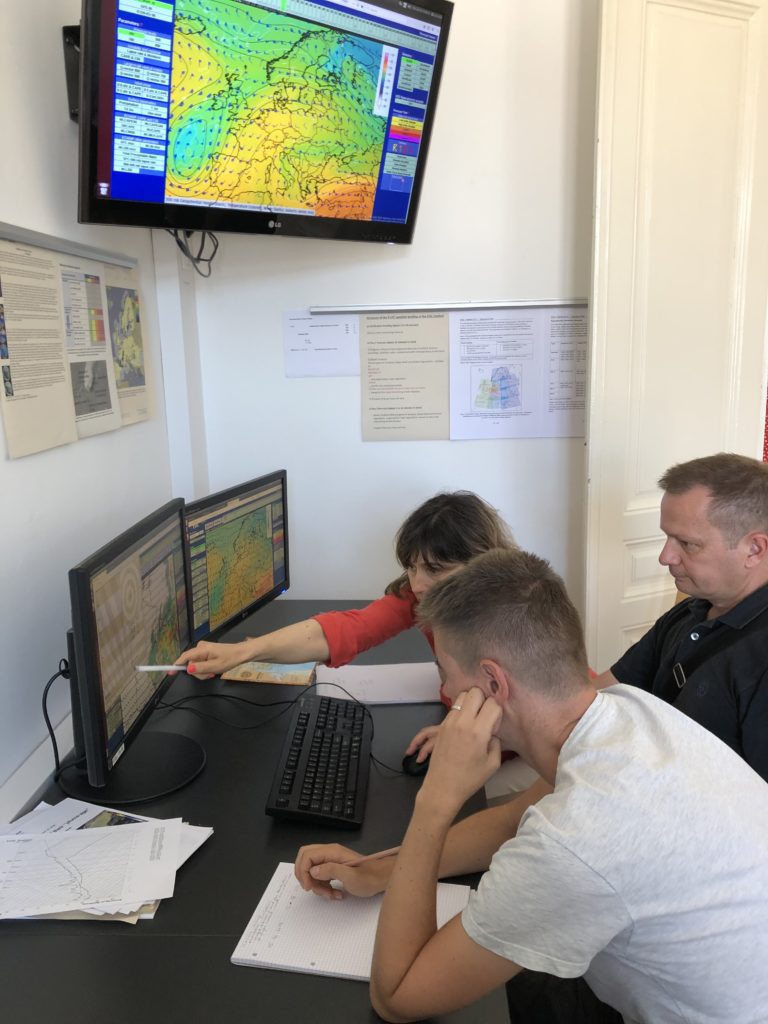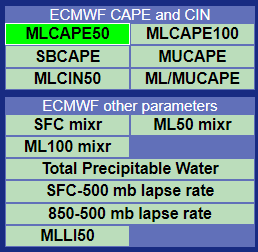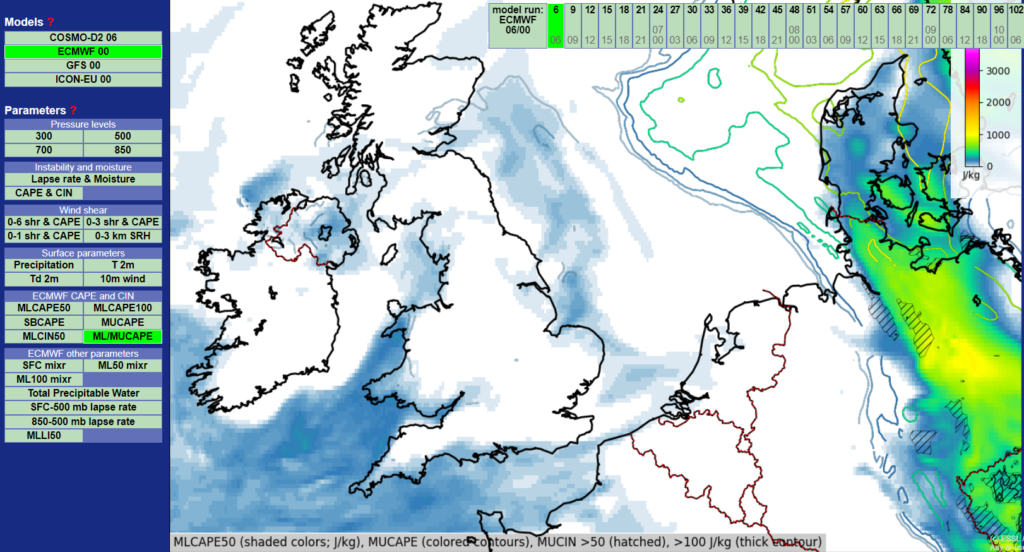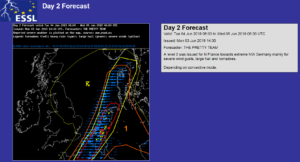Today was the last day of the participant phase of the ESSL Testbed 2019. It was a very successfull one with a high number of participants and high-quality feedback collected. Now the testbed team will start to analyze the feedback and finally will condense the information into reports for our partners.
In 2020 we will organize the 9th edition of the ESSL Testbed, which already became a known regular activity for both developers and forecasters.
Registration for 2020 is herewith open. We advise to register soon, not only to qualify for reduced rates, but also to secure a fixed place in a preferred week. Last year and this year some of the weeks were booked out quite early.
ESSL Testbed 2020 Registration Page
